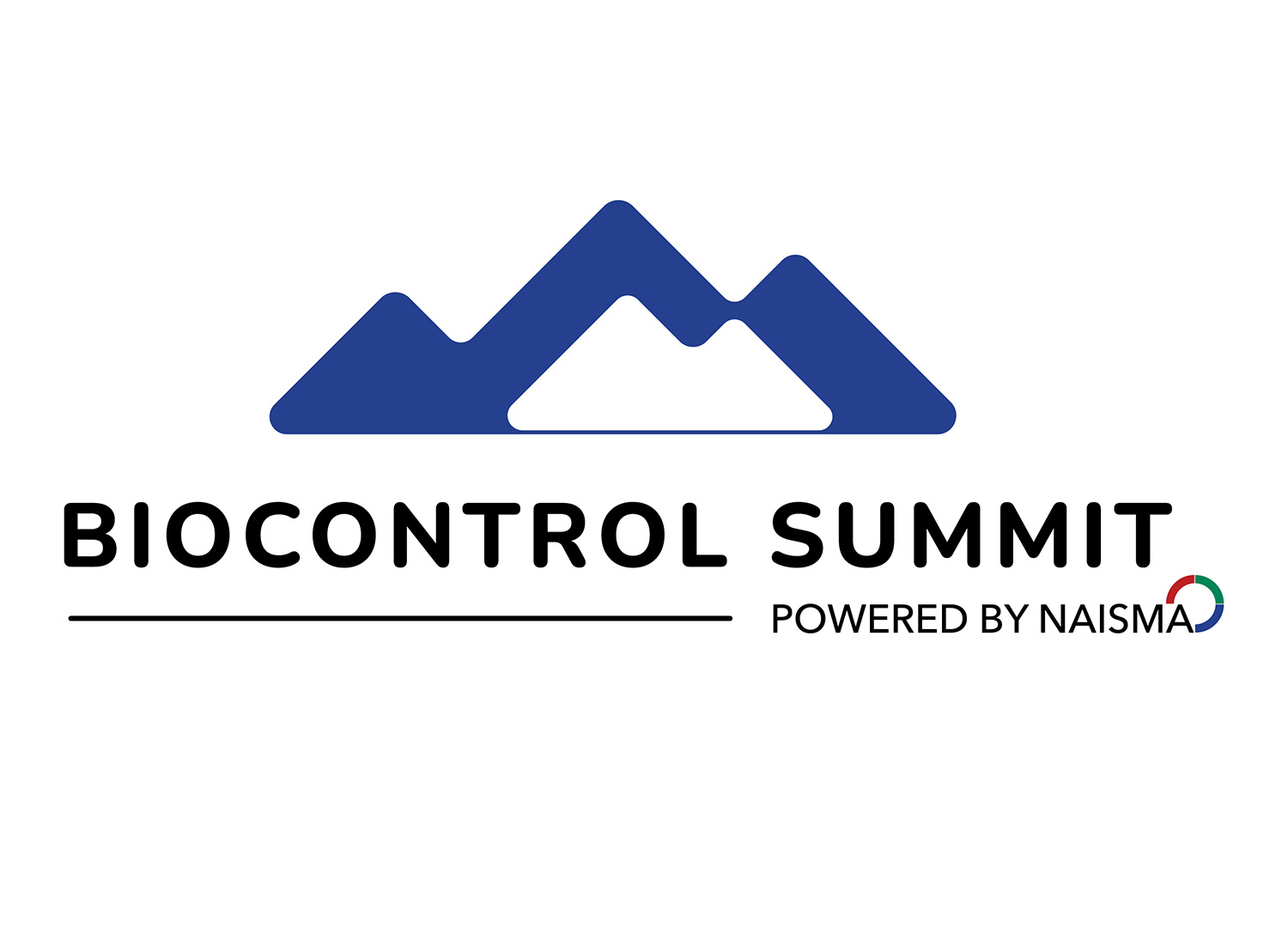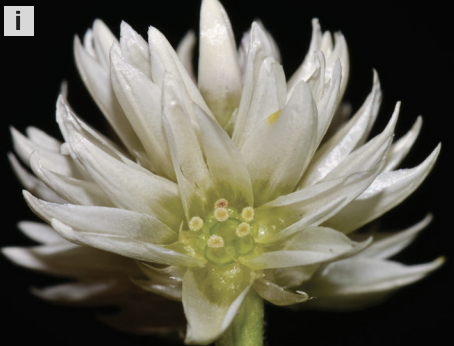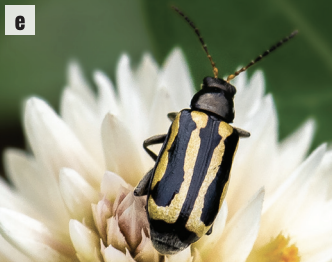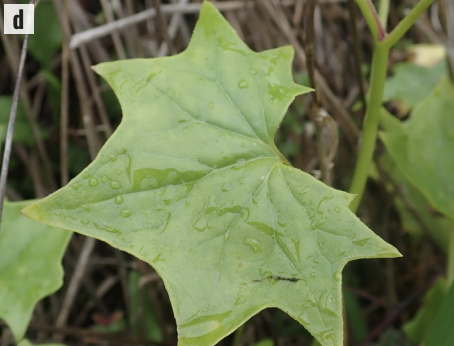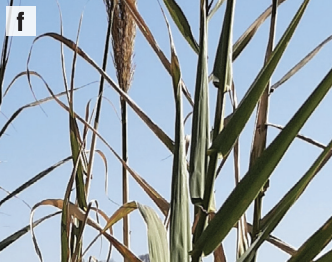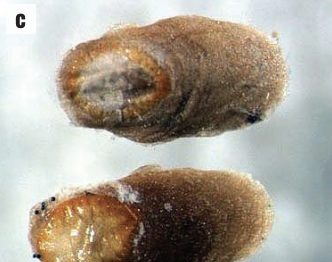Biocontrol Resources
North American Invasive Species Management Association (NAISMA) provides biocontrol resources and supports biological control as an integral part of an Integrated Pest Management (IPM) program. Biological control practitioners from across North America provide technical advice, guidance, and training on IPM, specifically targeting biological control of invasive weeds.
What is biocontrol?
There are many definitions attributed to biological control. For our purposes, we will define the biological control of weeds as the use of live natural enemies (e.g. insects, pathogens, nematodes, mites) of pests to reduce pest population levels below that which would occur in the absence of their natural enemies.
There are commonly three types of biological control recognized:
- Classical – initially small numbers of natural enemies are released in target pest areas for long-term control.
- Augmentative – large numbers of natural enemies are released to control a target pest for a short amount of time.
- Conservation – changing environmental conditions to aid in natural enemy survival.
How is biological control used?
For over 100 years, biological control principles have been used throughout the world as an effective, economical, and environmentally responsible way to decrease the damage caused by invasive species. Biological control resources and agents are ideally employed for use against established weeds rather than new invaders. The effectiveness of biological control can range from highly effective, where people may use this approach and exclude other weed control measures, to failure. Most biological control systems fall somewhere between the two extremes outlined above. Where this is the case, an Integrated Weed Management (IWM) approach should be used to control the weed species of concern, with biological control as a component of the strategy (where applicable), but not the sole solution.
Biological control and the general principles of ecology mesh well together by reuniting a target pest with its natural enemy. Ecological theory can assist biological control practitioners to better predict and monitor the target invasive species and the potential effectiveness and possible risks of the biological control agents. By dividing complex ecological processes into manageable, measurable stages, it is possible to identify failures in a biological control system. This adaptive management approach will guard against repeat failures and improve the effectiveness and safety of future programs.
Is biocontrol right for you?
When biological control is successful, biocontrol agents increase in abundance until they suppress (or contribute to the suppression of) the target weed. As local target weed populations are reduced, their biological control agent populations also decline due to starvation and/or dispersal to other target weed infestations. In many biocontrol systems, there are fluctuations over time with the target weed becoming more abundant, followed by increases of its biocontrol agent, until the target weed/biocontrol agent populations stabilize at a much lower abundance. Biological control is not effective in every weed system or at every infestation. We recommend that you develop an integrated weed management program in which biological control is one of several control methods considered.
Additional Biocontrol Resources
Here are some additional biocontrol resources for information on specifics:
Biocontrol Resources: Factsheets
Alligatorweed
Alternanthera philoxeroides
Biocontrol agent: Agasicles hygrophila, Alligatorweed flea beatle
Cape-ivy
Delairea odorata
Biocontrol agent: Parafreutreta regalis, Cape-ivy gall fly
Giant Reed
Arundo donax L.
Biocontrol agent: Rhizaspidiotus donacis, Arundo armored scale


